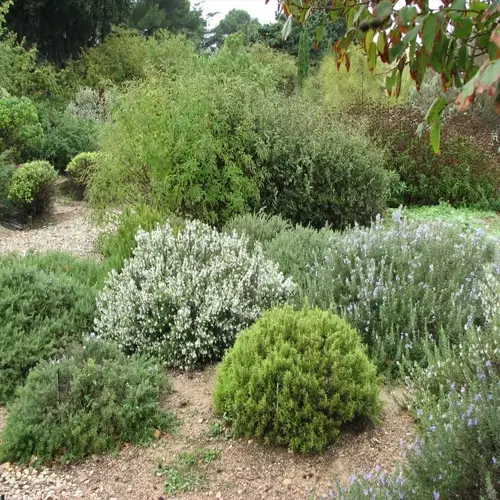What are the best methods to preserve thyme?

Written by
Tina Carter
Reviewed by
Prof. Charles Hartman, Ph.D.Properly preserving thyme retains its essential oils and flavor potency long past the harvesting stage. Each method is best suited to your use, while also significantly increasing its longevity. I have been testing preservation methods over the past decade to help preserve the habitat of my herb garden as effectively as possible.
Air Drying Technique
- Bundle preparation: Tie 10-12 stems with twine avoiding overcrowding
- Environment: Hang upside-down in dark, ventilated space at 60-70°F (15-21°C)
- Duration: Complete dryness in 7-14 days when leaves crumble easily
Freezing Process
- Preparation: Chop leaves finely mix with olive oil in 1:3 ratio
- Formats: Pack in ice cube trays or silicone molds for portion control
- Storage: Transfer frozen cubes to airtight bags removing excess air
Infusion Methods
- Liquid bases: Use high-quality vinegar or olive oil as carriers
- Steeping: Submerge whole sprigs for 14 days shaking daily
- Straining: Remove plant material after infusion period for clear liquid
Harvest to perfection in order for it to keep. Pick thyme before it flowers when the oils are at an all-time high. I have found that basil without dew in the morning has had the best results for preservation. I have preserved thyme that tastes just like fresh because I harvest it at the right time.
Drying conditions require close control. Do not dry herbs in direct sun, as this will degrade the oils. You can use brown paper bags with holes for the plants to breathe and to catch any leaves that fall off. Check the bundles every day to check for any mold growth, as this can happen very quickly in damp climates. I dry my herbs in my pantry closet, and it always works.
Make frozen herb cubes with olive oil or broth, filling trays about three-quarters full to allow for expansion. Freeze them solid, then transfer to labeled freezer bags. I portion them with a 1-tbsp scoop, which melts perfectly in a hot dish without watering it down.
Prepare *tasty infusions* in sterilized jars. Pour heated vinegar or oil over thyme sprigs. Store in dark bottles to block light exposure. My thyme-infused oils add an extra flavor to roasted vegetables. Infused vinegars brighten salads.
Storage conditions should be monitored to potentially increase longevity. Dried thyme should be stored in airtight containers and kept away from heat and light. Frozen product quality skews rapidly below 0°F (-18 °C). Infusions of oils should be refrigerated. Proper storage enhances the peak flavor profile until the following harvest.
Read the full article: How to Grow Thyme: Ultimate Beginner's Guide

